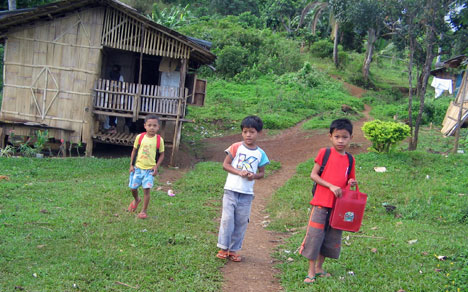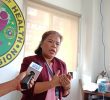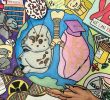Poverty
Beltran pointed that six out of 10, or 52 percent, of the respondents received only a measly income of below 50 pesos a day. Twenty-eight percent earned a family income of more than 100 pesos a day and 20 percent got not less than 51 pesos but not more than 100 pesos a day.
These were usually farmers, fisherfolk, workers, employees, drivers, laundrywomen, and sari-sari (variety) store owners, in both rural and urban communities.
Among the CDx findings:
� Mothers could hardly nurse their children anymore as they had to find work in order to augment the family income
� Four out of 10 mothers stopped breastfeeding their child before the child�s first birthday
� Five out of 10 infants were given formula milk instead
� Some mothers used condensed milk, instead of formula, because the former is cheaper
But apart from the inability to provide proper and adequate food on the table, health facilities in the communities were sorely lacking.
In many cases, the CDx determined, health centers were mere structures with no usable facilities inside. A health center with a blood pressure apparatus was considered lucky. One mother said she had to walk three hours just to have her blood pressure checked.
Even ultrasound diagnosis for pregnant women was seen as a privilege — only 19 of the total 539 respondents were able to undergo ultrasound in their pregnancy.
No Medicine

Not Enough of Everything. Poor families often have to make do with their meager incomes, sacrificing the health of their children. (davaotoday.com photo)
Medicine was not available in eight out of 10 barangays surveyed, in spite of the government’s program called “Botika sa Barangay.” In fact, the CDx found out that 30 out of 38 barangays had no pharmacies. Residents had to buy their medicines from sari-sari stores and town centers. This presented problems for those who were on prescription drugs.
There were no doctors in the barrios regardless of the abundance of health professional graduates in the country. Only one out of 10 barangays was visited by a doctor, and only once a week at that. Only one of the 10 barangays was visited by a doctor, once a month. Five of the 10 barangays had never seen a nurse.
These findings, Beltran pointed out, are consistent with how the director of the World Health Organization in the Western Pacific, Dr. Shiegeru Omi, described the condition in the Philippines: “The Philippines loses more than 15,000 nurses annually, more than any country. Many of them are among the country’s best-educated and most experienced nurses, leaving a critical shortage of qualified specialty nurses. Some doctors in the Philippines are training for higher paying nursing jobs in the United States. More than 5,000 children under the age of 28 days die everyday. Many of those infants would have survived if skilled attendants were on hand during childbirth.”
So if there were no doctors, what about midwives?
There were, according to the study, government midwives but they seldom went to the barrios. “They would arrive so late and would leave so early because they had to catch the ride back home,” respondents told the CDx teams. These midwives visited 25 out of the 38 barangays once a month.
As a result, six out of 10 cases of childbirth took place in homes where there was not a single attending health professional. Only eight of the 100 pregnant women were seen by a doctor.
This scarcity of professional services was evident, too, in dental health. Many of those who complained of toothache had to resort to self-medication. In one case, a resident used a flea from a buffalo to cure a toothache.
Moreover, many residents died without getting medical attention during their illness. Only 44 percent of the 397 deaths recorded in the respondent barangays between June 2005 and January 2006 had received medical attention.
Food, Poverty









